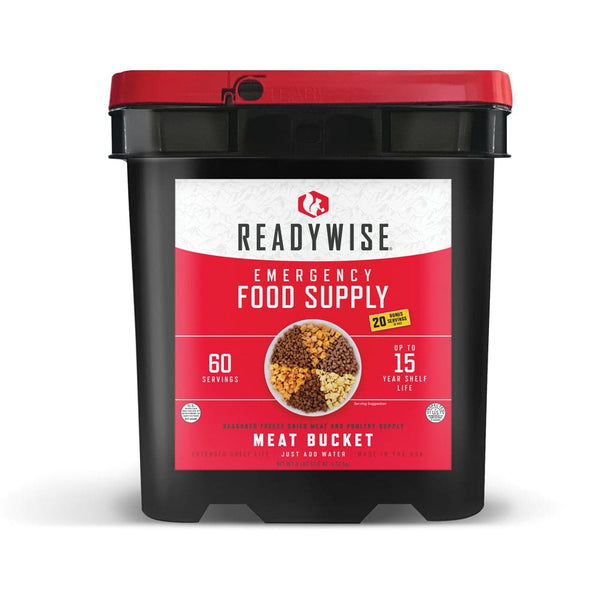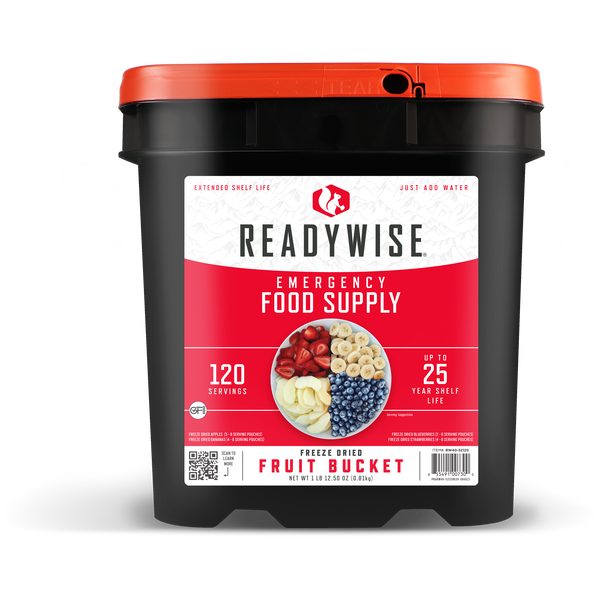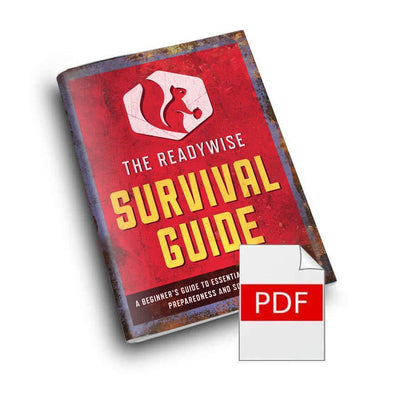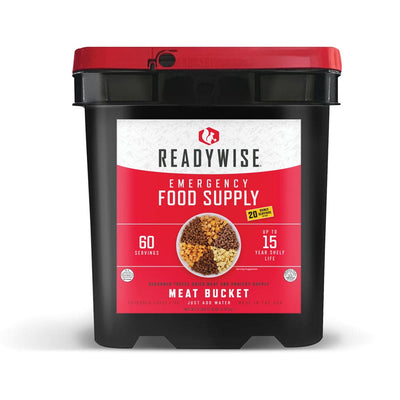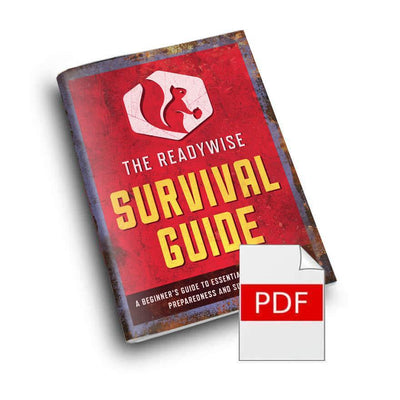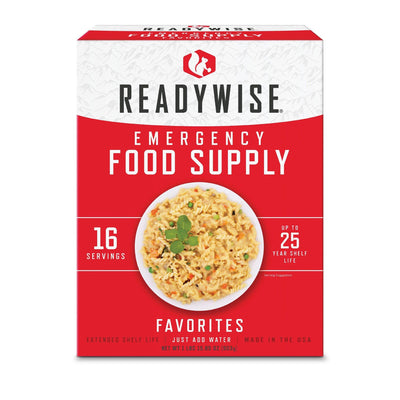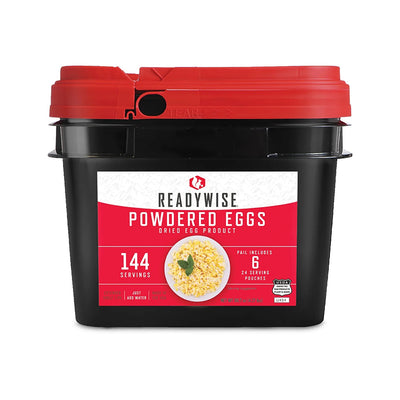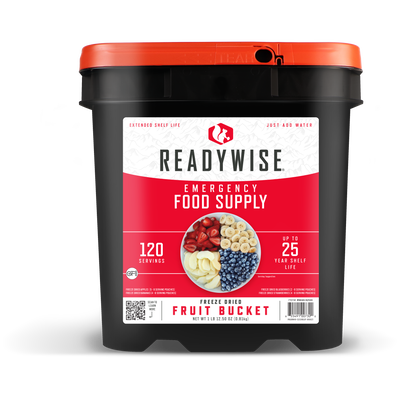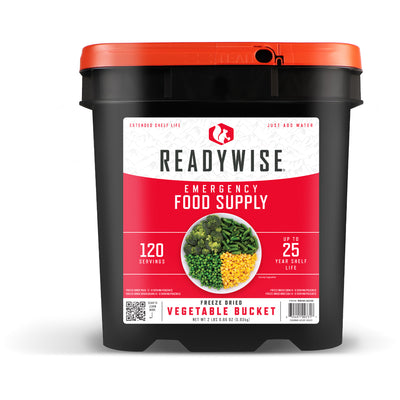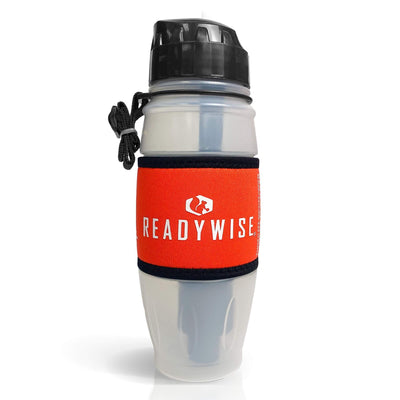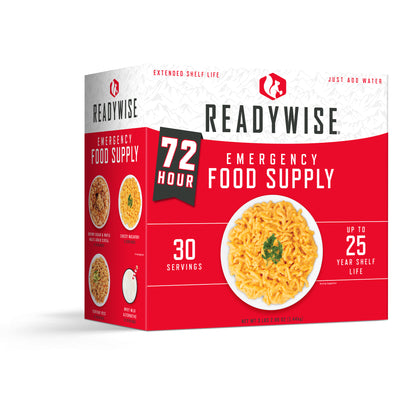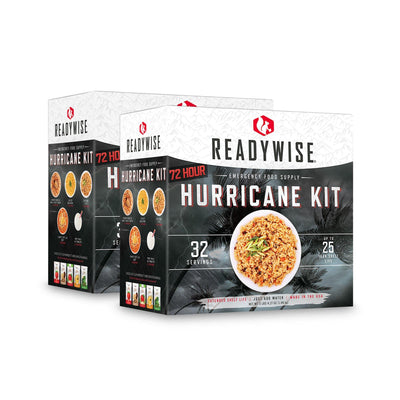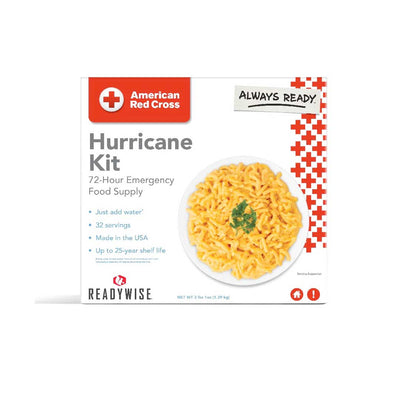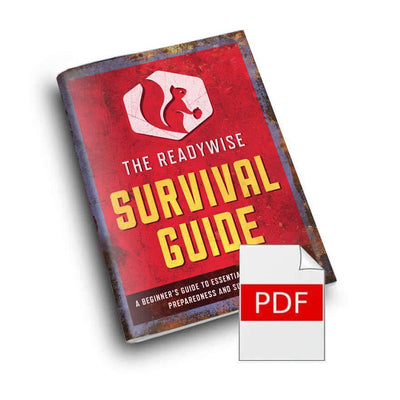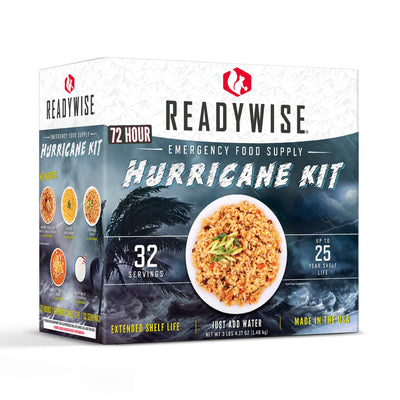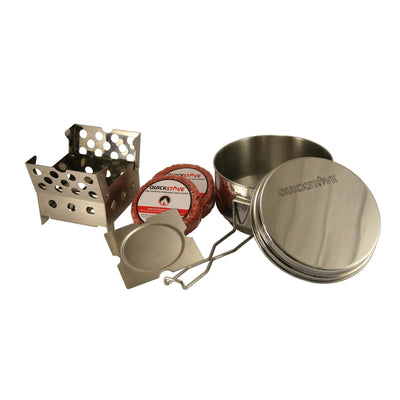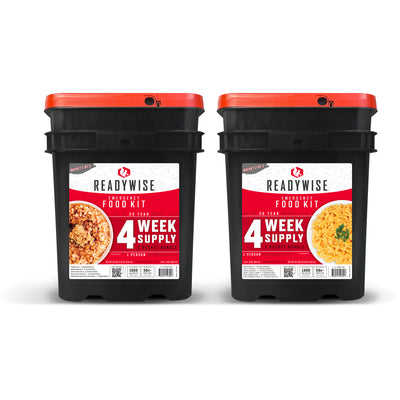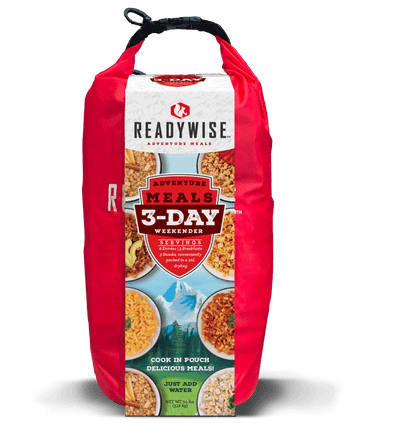How to Prepare for a Tornado?
Each year, roughly 1,200 tornadoes touch down in the United States, and these powerful, sometimes devastating columns of fast-moving air cause roughly a billion dollars’ worth of property damage annually. While it can be difficult to predict exactly when and where a tornado will strike, scientists do understand the specific atmospheric conditions needed to create tornadoes. This means that organizations like NOAA can give advanced tornado warnings to residents, allowing them to prepare or evacuate in ahead of time. If you happen to live in a part of the U.S. that frequently receives tornadoes, then it’s important that you understand the basics of how to prepare for an incoming tornado.
What is a tornado?
According to NOAA, a tornado is part of a larger storm system, and it’s typically accompanied by thunder and lightning. A tornado is basically a column of air that spins about violently. Since they’re made up of air, they’re usually pretty tough to see, but once condensation forms within the funnel, or once it picks up enough dust and debris, then the tornado becomes visible. Tornadoes, though, are no laughing matter—they can be devastating.
How to prepare for a tornado?
Tornadoes happen quickly, so it’s difficult to note specifically when or where a tornado will strike. But scientists know what causes tornadoes to form, so they keep an eye out for those specific conditions. Usually when those conditions are present, NOAA will release a tornado watch—this means that, if the weather turns for the worse, tornadoes could potentially form. If you live in a tornado area, you have two possible options: evacuate or sit tight. You should plan out an evacuation route to a shelter beforehand, and you should make sure to stock the car with emergency supplies, medical kits, and long-term ready-made meals and water. Or, if you’d like to remain in your home (or if you are somehow unable to evacuate), then it’s important for you to prepare your home, as well. Try to stock up on dehydrated or freeze dried meals and water—enough to last for three to five days. Practice shutting off the power or other utilities, and make sure that you have access to first-aid kit that contains not only basic medicines, but also any prescriptions that you and your family might need.
What to do during a tornado?
If you see a tornado approaching, move indoors quickly. If you’re in a car, stop the car immediately and seek the nearest shelter—you can’t outrun a tornado in a car, and seeking shelter within a car is inadvisable as strong winds can actually flip vehicles. Whether you’re at home, school, work, or at a public place like a mall, there are a few critical things to keep in mind: stay away from any windows, get to a basement if possible, and if there isn’t a basement present, then move to the lowest floor of the building you’re in, and seek out a room without windows (like a hallway or bathroom). If you can, find and hide under something heavy and sturdy that can resist falling debris, like a table. Avoid mobile homes (they’re not built to withstand strong winds), and always protect your head and neck from falling debris.
What to do after a tornado?
Avoid any broken glass or fallen items that might be dangerous—like downed power lines or exposed wiring. Avoid any buildings that might be structurally unsound, and don’t turn on any appliances, generators, stoves or any other gas- or electric-powered appliances before checking in with your local utility company.
Though tornadoes can be especially destructive, by following a few simple precautionary steps and by seeking shelter immediately, you can maximize your and your family’s chances of avoiding injury. Remember, it’s impossible to predict when disaster may strike, but by preparing in advance, you can help to boost your chances of experiencing a tragic event.
Sources:
http://www.nssl.noaa.gov/education/svrwx101/tornadoes/
http://emergency.cdc.gov/disasters/tornadoes/prepared.asp














